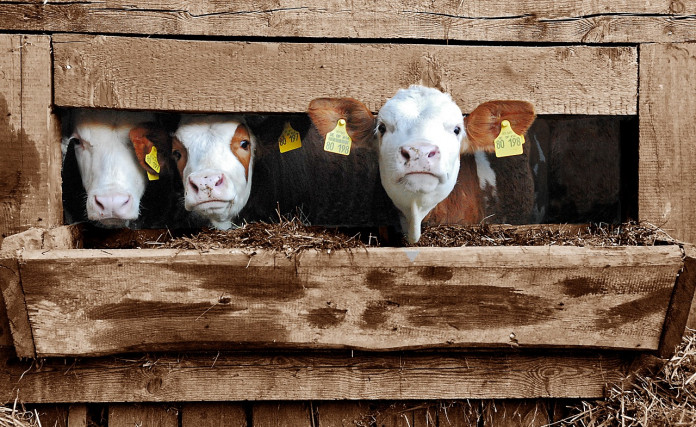The calendar turned to 2017 with many resolutions made. What do you resolve for your operation this year? What plan have you and your team made to improve profits, expand or cut costs in 2017?
In most cases each team member has ideas for the plan, but rarely does anyone put pen to paper or fingers to keyboard to capture these ideas. Insert any number of quotable quotes regarding failure to plan and managing what you measure. My goal is not to focus on the importance of a plan but to help stimulate ideas for it. In view of the challenging market ahead, let’s look at marketing ideas to consider for 2017.
Marketing ideas
It seems early to develop a marketing plan for newborn and expected calves, but development of a flexible plan will influence many management decisions throughout the year. As calves arrive later this winter and spring, rather than just evaluate how well your mating plan worked, begin thinking how those decisions will best reach the market. It’s not uncommon to hear ranchers say they are marketing sunshine and grass. While true, that calf crop represents a more complex collection of decisions in a marketable package.
As each decision is made, or simply as the calves get older without much of a plan, the range of management to market grows more limited, too. That’s why you need flexibility to adjust as the days go by. Failure to plan or following a narrowly focused plan can limit market options. One such limit may have been set at breeding last summer, if the genetic target was set exclusively on the prospect that half of the heifer calves may become replacements. That’s the most common factor that can limit marketing flexibility.
Genetic merit
Obviously, that’s a plan for only one-quarter of all calves, so the other half of heifers and all the by-product steers may be limited in their marketability to other segments. Genetic merit is increasingly used to differentiate calves in the marketplace. With advances in genetic predictive technologies, the opportunity for buyers to evaluate calves without feeding them first is getting easier every day.
One aspect to consider as the 2017 bull sale season approaches is focused selection on balanced maternal and carcass traits for the next calf crop. Genetic change is a slow process, but fortunately for herds solely focused on maternal traits, carcass improvement is highly heritable. Change can happen rapidly, declining if ignored, improving with selection focus.
According to CattleFax, there were 800,000 more calves in 2016, with 600,000 more expected in 2017. Herd rebuilding may have slowed, but the increasing beef cow inventory is producing more calves, and that lets buyers become more selective. Declining beef markets are offering lower profit margins along the supply chain, increasing demand for calves with documented genetic potential and management protocols. When evaluating these protocols, look at the marketing doors they open while balancing how they work in your operation. Value-added demand has increased, but that doesn’t mean every marketing plan can capture the value. A management plan must pay its way and more than cover any bonus in the market to truly add value.
Value
In 2017, your best market opportunity may extend beyond weaning. Retained ownership or even a new stocker, backgrounding or bred-heifer enterprise may offer needed market flexibility. The key to capturing genetic, health and nutrition value is no secret: those who add the value must either own the calves when the value is captured or get paid to add the value. While marketing may be the least enjoyable aspect of the beef production system, it is perhaps the most financially rewarding.
Other goals
Don’t want to add better marketing to your New Year’s resolution list? Then consider expanding the enterprise beyond selling calves at weaning. Post-weaning ownership offers the chance to capture value from genetic, health and nutrition practices. Calves bred to gain on the ranch, on stocker pasture and in the feedyard mean production flexibility, and that means more marketing options beyond the ranch.
If post-weaning production changes are not a viable option in your operation, just keep your eyes open for ideas that do fit your specific genetic, health and management improvements. If you resolve to start now, then at a minimum you will not be guilty of “failing to plan.”
Related Content
- 5 tips for setting farm goals
- Make 2017 the safest year on your farm yet
- Sydney Snider, former national FFA officer, shares a 2017 challenge
- Be ready for farm succession
- Five steps to stay focused on your 2017 goals
- Small changes can accomplish big goals
- Planning practical goals in 2017
- 9 strategies for a profitable new year
- Farm production goals for 2017
- A dairyman’s journey to better health













